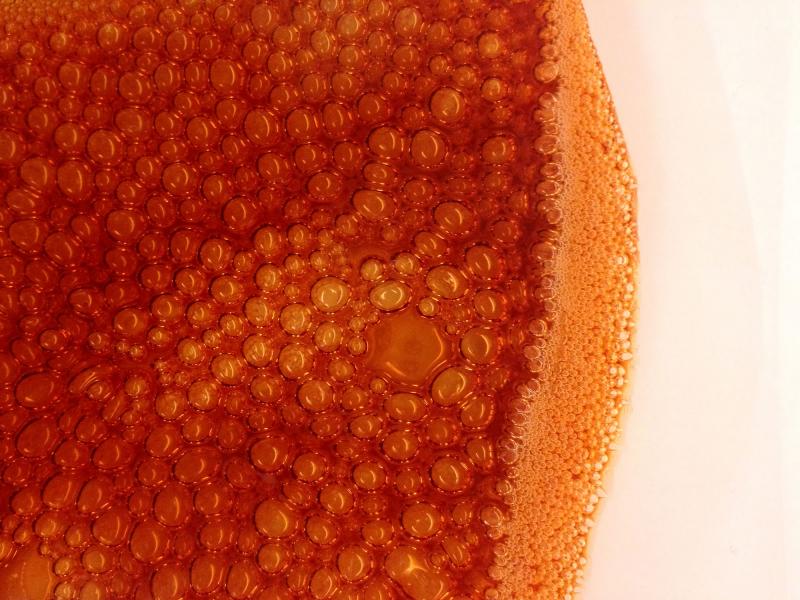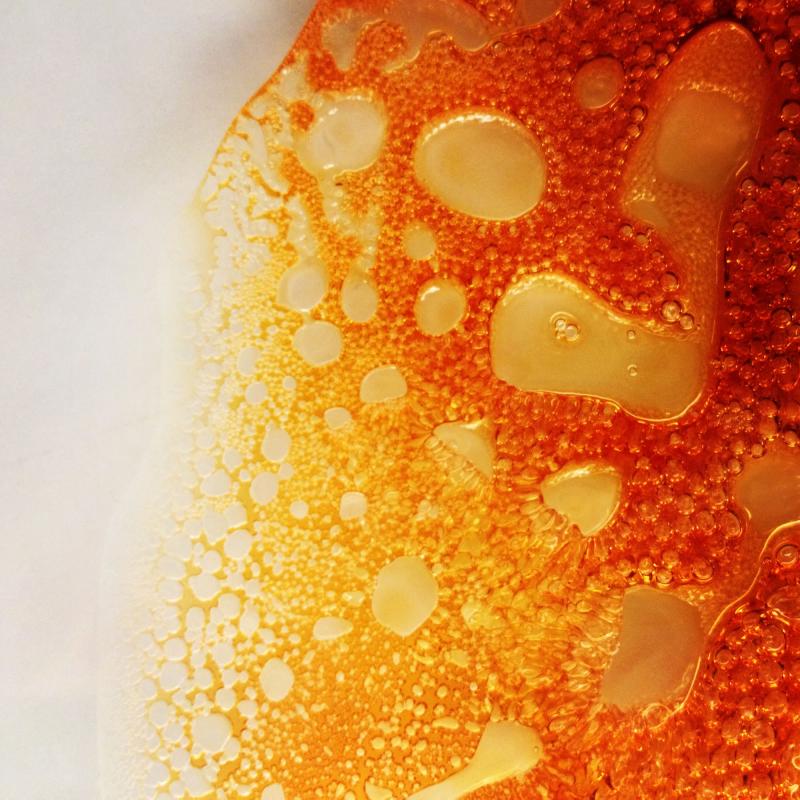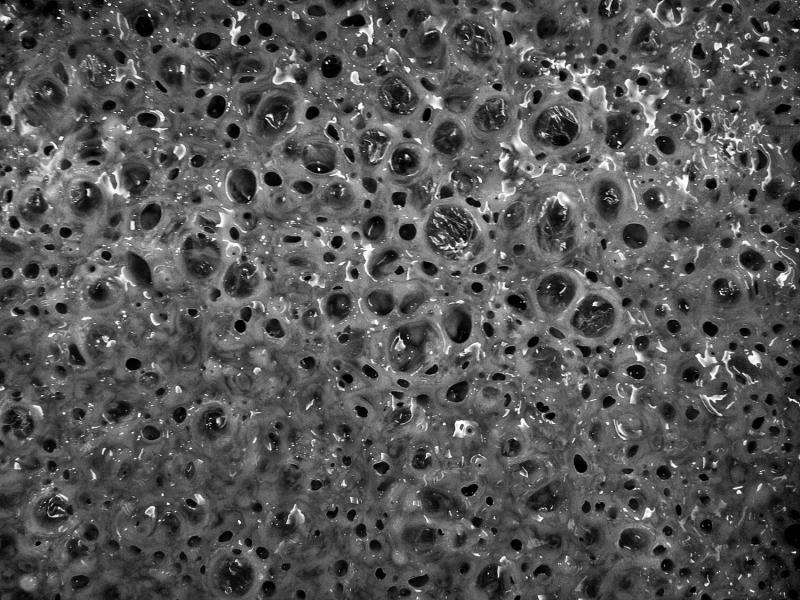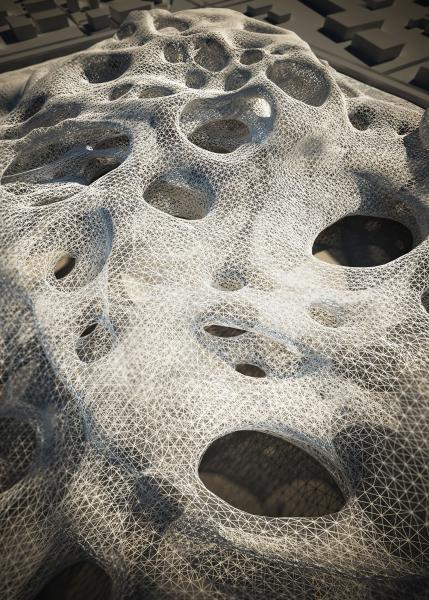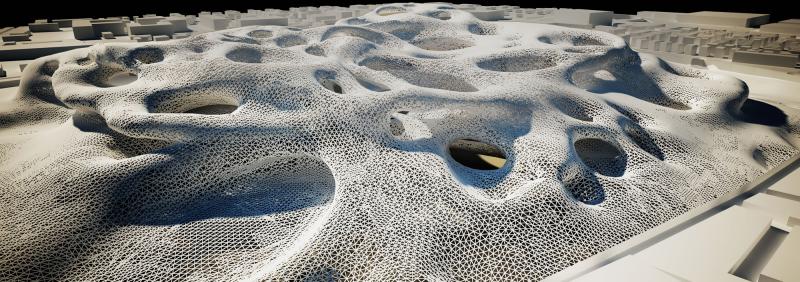Porous Medium is an alternative proposal to Gehry Partners' design for Facebook’s future campus, which claims to be the largest open office in the world by the end of its completion in 2015. The project challenges the conventional typology of the open plan in an attempt to create connective spaces. We believe in a decentralised principle for office space, where programmatic zoning is not used and distribution is based on relative measures of reach and other requirements. A circular packing algorithm is used within a neighbouring circulation network, where the rules of distance and spatial requirements allow the company to grow, multiply or split and subdivide.
In order to redefine traditional office typologies, we propose novel forms of hybrid, porous structures and a spatial organisation that is at the same time cellular and open. This enables the working nature of a social networking company through principles of transparency as well as community participation. This new typology can accommodate flux in required working spaces through a designed ability to be flexible and to adapt. We developed a scenario of an open plan office within a porous structure and a robust framework of voids which allow for natural light. Theses voids serve not only as light wells and atriums, but also provide visual connectivity and vertical communication in several instances. In this
way, extensive massing becomes fragmented in plan while the section remains connected, and visually represented as an open plan office.
Project Name:
Porous Medium
Studio:
Patrik Schumacher
Team Name:
Soft Infrastructure
Team members:
Mayank Ravikumar Chavda (India), Maryam Kalantari (Iran), Sajeena Moorkoth (India), Milica Pihler (Serbia)
Assistant:
Pierandrea Angius


